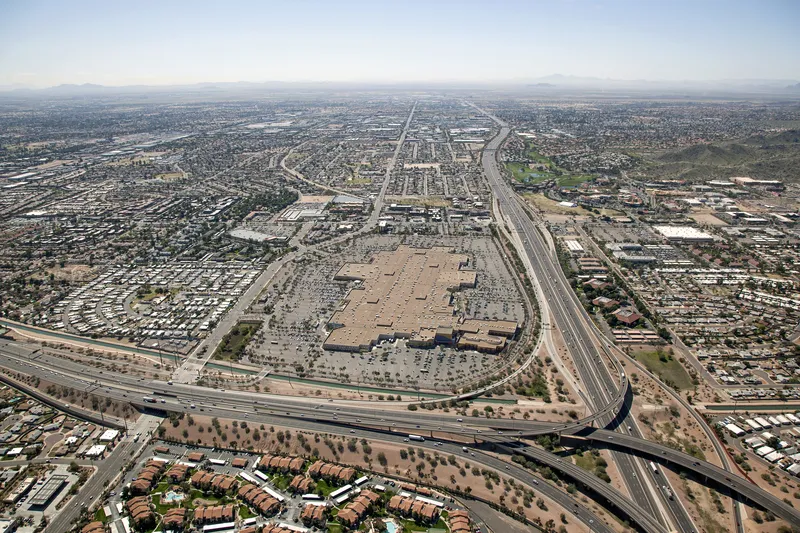
Utah Department of Transportation (UDOT) has launched a new website that consolidates hundreds of traffic and infrastructure maps on a single platform, following an open government initiative touted by the state.
“Utah views transportation infrastructure as the property of its citizens,” said Terry Bills, global transportation industry manager for
Built by Esri, the website allows drivers and citizens to view more than 1,000 layers of information from roadside barriers and medians to traffic incident statistics. Users can then drill down to view individual assets–giving them both a holistic view of the state’s transportation infrastructure as well as detailed information going on in their individual neighbourhoods and streets.
One of the most popular feeds is the Safety Index, a map and repository of traffic incidents for every street in the state. Users can see the number of accidents on a particular stretch of roadway, the accident rate and whether any injuries or fatalities have occurred.
The website is also used internally at the DOT, providing valuable information for the state’s traffic management engineers and repair crews. Critical infrastructure information can be called up a worker’s laptop in the field, giving them an accurate catalogue of the asset in question as they pull up. The information is routed to the TOC where engineers can make informed decisions based on real-time events.
“TOCs have standard operating procedures when dealing with events. We can automate those processes for them and tell them what’s really going on,” Bills said.
Visit uplan.maps.arcgis.com to access the UDOT information.









